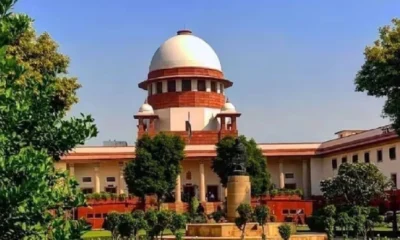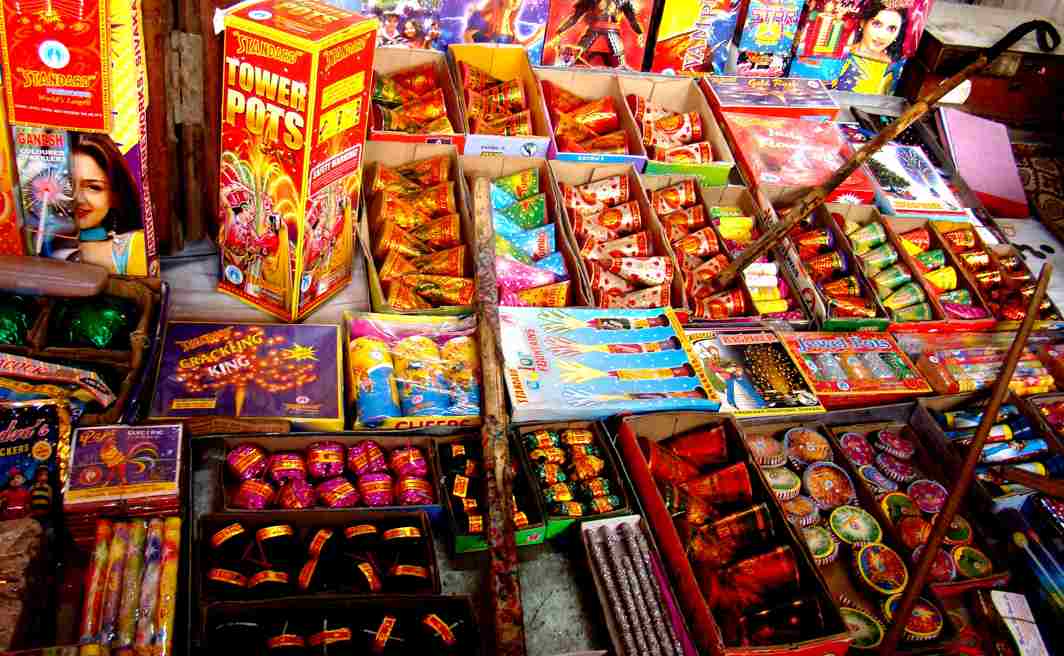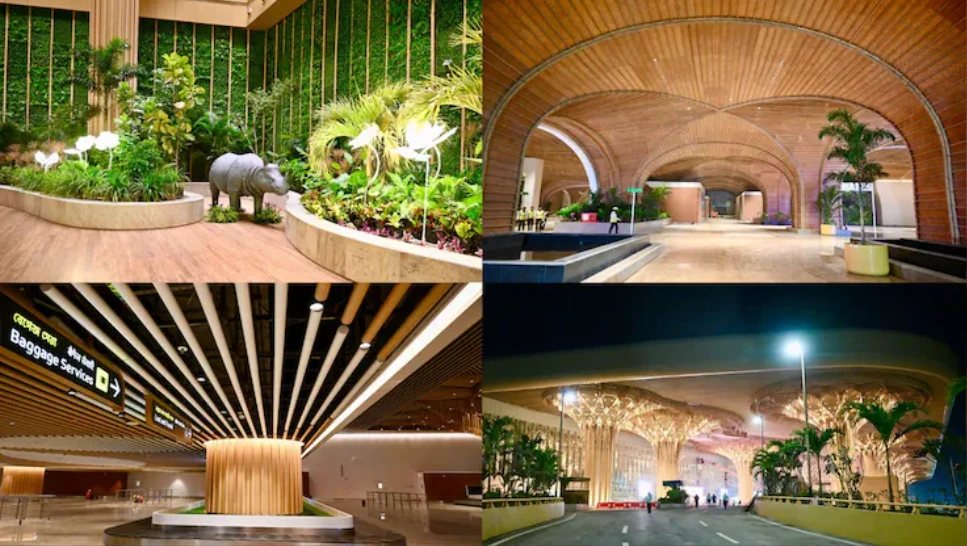The Supreme Court on Monday upheld its judgment on the death sentence of three of the four convicts in the December 16, 2012 Delhi gangrape case that came to called also as the ‘Nirbhaya’ case after the name given to the victim.
A bench headed by Chief Justice Dipak Misra and comprising Justices Ashok Bhushan and R Banumathi, delivering its verdict on the pleas filed by Mukesh (31), Pawan Gupta (31) and Vinay Sharma (25), said the convicts had failed to point out “error” in the judgment. The court added that the convicts were heard elaborately during appeals and no grounds were made out for review of the verdict.
The fourth convict, Akshay Thakur (31), did not file a review plea. Advocate AP Singh, representing Akshay Thakur, had told PTI, “Akshay has not filed a review petition yet. We will be filing it.” He has been granted three weeks by the top court to do so.
Last year, the top court had upheld the death sentence awarded to the four convicts by the Delhi High Court and the trial court in the gangrape and murder of a 23-year-old paramedic student on December 16, 2012, in the national capital. The 23-year-old paramedic student, returning from a movie, boarded a chartered bus in New Delhi’s Saket area and was subsequently brutally raped and murdered by six people.
While one of the accused, Ram Singh, allegedly committed suicide in Tihar jail, another accused, a juvenile, was convicted by the juvenile justice and sent to three years in probation to a reform home. The juvenile, whose name is not known (legally, he cannot be named) is already out and has melted into the population, carrying his criminal mind and past. Ironically, the juvenile, who was said to be the most cruel of the lot in the murder, has also been given enough vocational training to support himself independently.
Backgrounder
While the 2012 Nirbhaya case has become the centrepiece of all judgments related to violence on women in India, the first instance of the Supreme Court’s capital punishment (to all four accused) verdict, delivered on May 5, 2017, went through several petitions.
While the Nirbhaya case saw expression of massive outrage, protests and a movement, in the six years since things appear to have taken a turn for the worse with gang rapes, torture and murders, even on girls as young as 8 (the Kathua gang rape and murder case) as horrific as the Nirbhaya case and more, have been reported from across the country.
The general perception was that deterrent legal action was so slow in India that the fear of punishment has all but vanished. Today’s judgment could be one in a series of final verdicts that the public wants to be fast-tracked.
Timeline
December 16, 2012: 23-year-old paramedic student, now known as Nirbhaya, returning home with her friend in Delhi got a lift from a chartered bus (empty, except for driver and helpers) and is gang-raped, brutally assaulted by six men and dumped in a grievously injured state. Her friend was brutally beaten up and left for dead.
December 17, 2012: Delhi Police identify four men who raped and assaulted her — bus driver Ram Singh, his brother Mukesh, Vinay Sharma and Pawan Gupta. Doctors declared the woman suffered grave internal injuries.
December 18, 2012: Ram Singh and three others are arrested.
December 29, 2012: Nirbhaya succumbs to her injuries at Mount Elizabeth Hospital in Singapore where she was transported by the government for further treatment.
December 21, 2012: Accused juvenile is arrested from Anand Vihar bus terminal in Delhi. The woman’s friend identifies Mukesh as one of the culprits. Police conduct raids in Haryana and Bihar to nab the sixth accused, Akshay Thakur.
December 22, 2012: Akshay Thakur is arrested in Bihar and brought to Delhi. Victim records her statement before the SDM in hospital.
January 2, 2013: The then Chief Justice of India Altamas Kabir inaugurates fast track court for speedy trial in sexual offence cases.
January 3, 2013: Police files charge-sheet against five adult accused for offences including murder, gang rape, attempt to murder, kidnapping, unnatural offences and dacoity.
February 28, 2013: Juvenile Justice Board (JJB) frames rape, murder charges against the juvenile accused.
March 11, 2013: Bus driver Ram Singh is found hanging in his cell in Tihar jail.
August 31, 2013: JJB convicts the juvenile for gang rape and murder and awards three years term at a probation home.
September 13, 2013: Fast track court awards death to all four convicts. Trial court refers the case to Delhi High Court for confirmation of death sentence.
March 13, 2014: The Delhi High Court justices Reva Khetrapal and Pratibha Rani uphold the death sentences awarded to the four convicts.
December 18, 2015: Delhi High Court refuses to stay the release of the juvenile. He walks out of a correction home after spending three years.
April 3, 2016: Supreme Court begins hearing in the case.
April 8, 2016: Senior advocates Raju Ramchandran and Sanjay Hegde appointed amicus curiae.
May 5, 2016: SC upholds death penalty of four accused – Akshay Thakur, Vinay Sharma, Pawan Gupta and Mukesh Singh.
November 7, 2016: Advocate Raju Ramchandran argues for sentencing order to be set aside.
November 28, 2016: Advocate Sanjay Hegde argues against reliability of evidence in the case.
February 3, 2017: Supreme Court decides to rehear the case on the sentencing aspect, after the petitioners contend that there has been violation in procedure.
March 6, 2017: All the accused submit additional affidavits in court.
March 27, 2017: The SC reserves verdict after nearly a year of hearing the case.
May 5, 2017: The Supreme Court pronounces judgement in the case upholding the death sentence of all 4 accused.
November 13, 2017: The convicts appeal to the Supreme Court to review their sentence claiming that it was cold-blooded killing in the name of justice.
May 4, 2018: Supreme Court upholds the order on the plea of two convicts seeking a review of its 2017 verdict upholding the death penalty awarded to them.





















